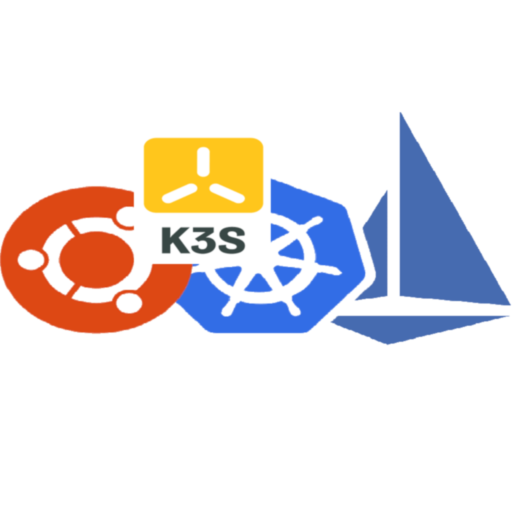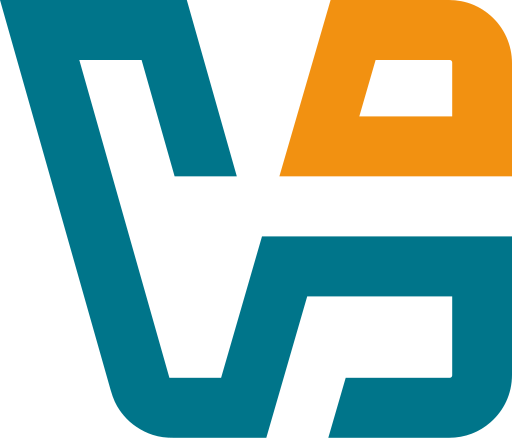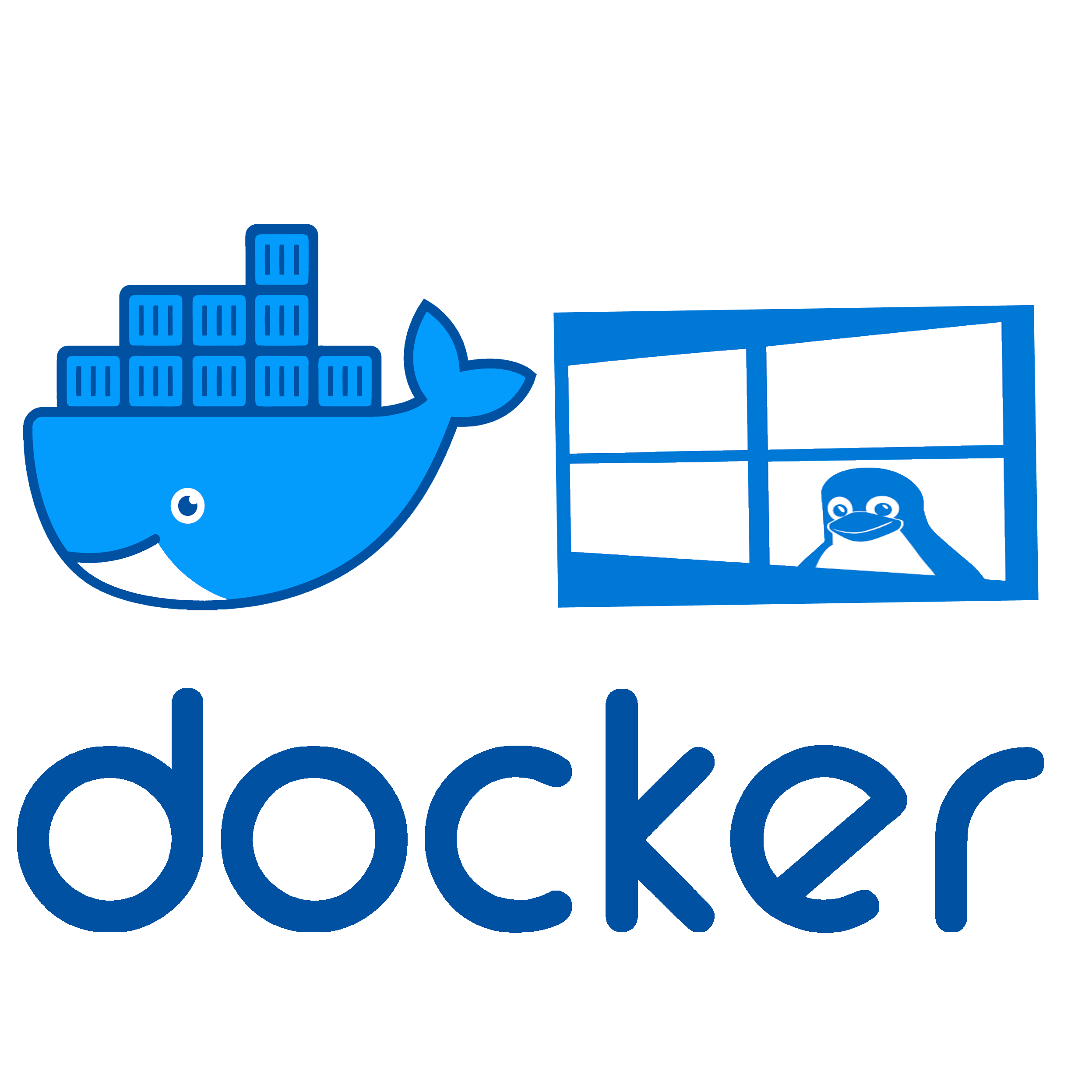K3s + MicroK8s – Lightweight Kubernetes That Actually Fits on the Edge
K3s – Tiny but Real Kubernetes
K3s is a minimalist Kubernetes distribution, designed for low-resource environments like edge nodes, ARM boards (think Raspberry Pi), and IoT gateways. It’s packaged as a single binary, strips out a lot of the heavy components (no etcd by default, uses SQLite), and just runs — even on tiny boxes.
It’s CNCF-certified, supports Helm, Traefik, containerd, and can work in HA clusters. The goal isn’t to be a “toy” Kubernetes — it’s real K8s, just trimmed down to make it deployable in places where regular Kubernetes would fall flat.
It’s widely used in edge computing, offline-first deployments, home labs, and even as a development/testing platform that won’t burn your CPU fan.
MicroK8s – Local Kubernetes Without the Drama
MicroK8s, developed by Canonical, is another lightweight Kubernetes option — but with a slightly different aim. It’s made for fast setup, modularity, and flexibility. You can enable or disable features like Istio, Prometheus, or the Kubernetes dashboard with simple CLI switches.
It’s also perfect for dev environments, CI/CD test runners, or small cloud-native apps that don’t need the full complexity of upstream Kubernetes with kubeadm or Rancher.
MicroK8s installs with a snap on Linux (or as a VM elsewhere), supports clustering, and behaves well with existing Ubuntu infrastructure.
Side-by-Side Breakdown
| Feature | K3s | MicroK8s |
| Packaging | Single binary | Snap-based modular install |
| Resource Use | Extremely low | Low to moderate |
| HA Support | Yes (via external DB or embedded etcd) | Yes (built-in clustering) |
| OS Focus | Generic Linux, ARM, edge | Ubuntu-native, but portable |
| Add-ons | Built-in Traefik, Helm | Enable/disable via CLI (e.g. `microk8s enable ingress`) |
| Use Case | IoT, edge clusters, Raspberry Pi swarms | Dev boxes, small clusters, CI runners |
| License | Apache 2.0 | Apache 2.0 |
| Websites | https://k3s.io | https://microk8s.io |
Why Use Them Together?
Some setups don’t require one or the other — they require both. For instance:
– K3s might run on edge nodes deployed in the field (remote sensors, IoT devices), while
– MicroK8s serves as the control plane at the hub — aggregating logs, deploying workloads, managing Helm charts from a more centralized base.
In hybrid testbeds, using K3s on devices and MicroK8s on dev laptops allows for parity without overhead. They both understand Kubernetes, support the same manifests, and keep the toolchain unified across dev and prod — but optimized for different roles.
Where This Combo Works Best
– Smart factory or warehouse deployments with K3s at edge and MicroK8s at HQ
– Teaching Kubernetes in constrained environments (labs, workshops)
– CI/CD runners on MicroK8s targeting ARM clusters with K3s
– Home lab clusters mixing Raspberry Pi nodes with x86 control hosts
– Anywhere full Kubernetes is overkill, but DevOps pipelines still need consistency






